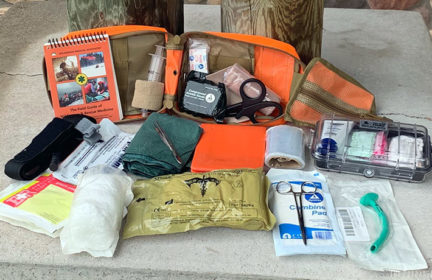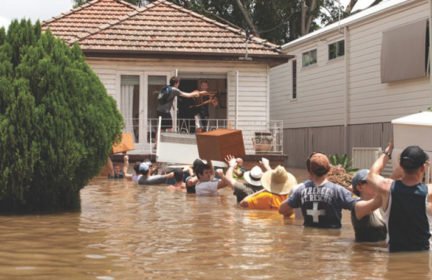Good first-aid kits make good neighbors
The other day I had an experience that made me feel great about building an Individual First-Aid Kit last year. That morning, my 76-year-old neighbor pulled up and told me he wanted help removing an old bathtub. I said sure and didn’t think much more about it.
That afternoon, my wife runs into my office and tells me his wife called, he had hurt himself and needed help. I grabbed my IFAK on my bug out bag and ran next door.
He had fallen into the old cast-iron tub and his forearm was bleeding profusely (he takes blood thinners). He had cut off a big section of the tub, so a slab of iron was in the floor between me and him in this tiny bathroom.
It took me a minute to think about how to go about this. I grabbed some gauze from the IFAK, wrapped his arm, moved the iron out of the way, and his wife and I pulled him out of the tub. He was still bleeding through the gauze a bit so I put an Israeli bandage over it and told his wife to remove it every so often and check on it.
Anyway, despite not really having a clue about what I was doing (medic training is near the top of the list when the pandemic is over) and my IFAK being an overstuffed mess (also on the to-do list), I was able to help my neighbor out. We often like to say that skills matter more than tools, but sometimes just having the tools makes the difference.
-
Comments (6)
-


